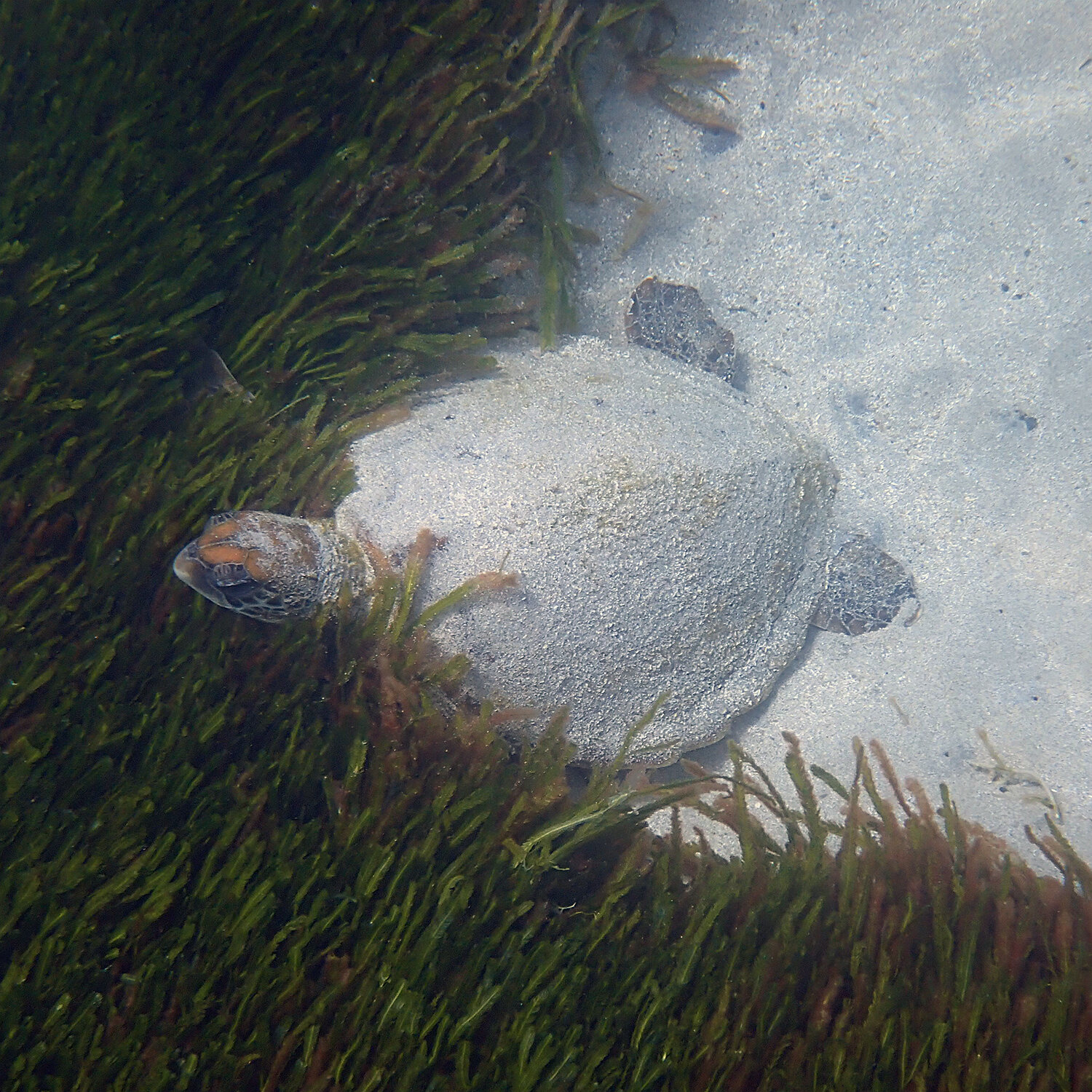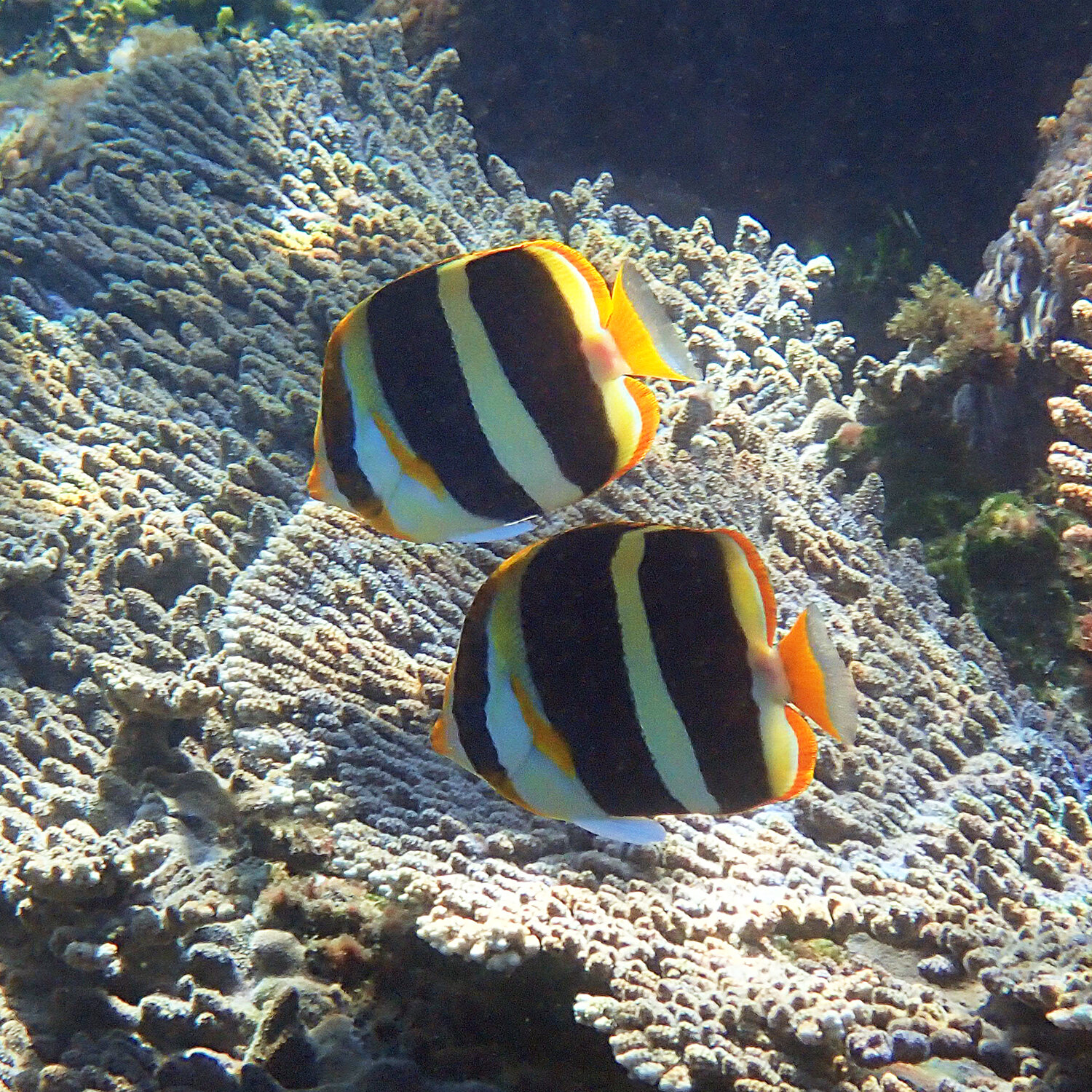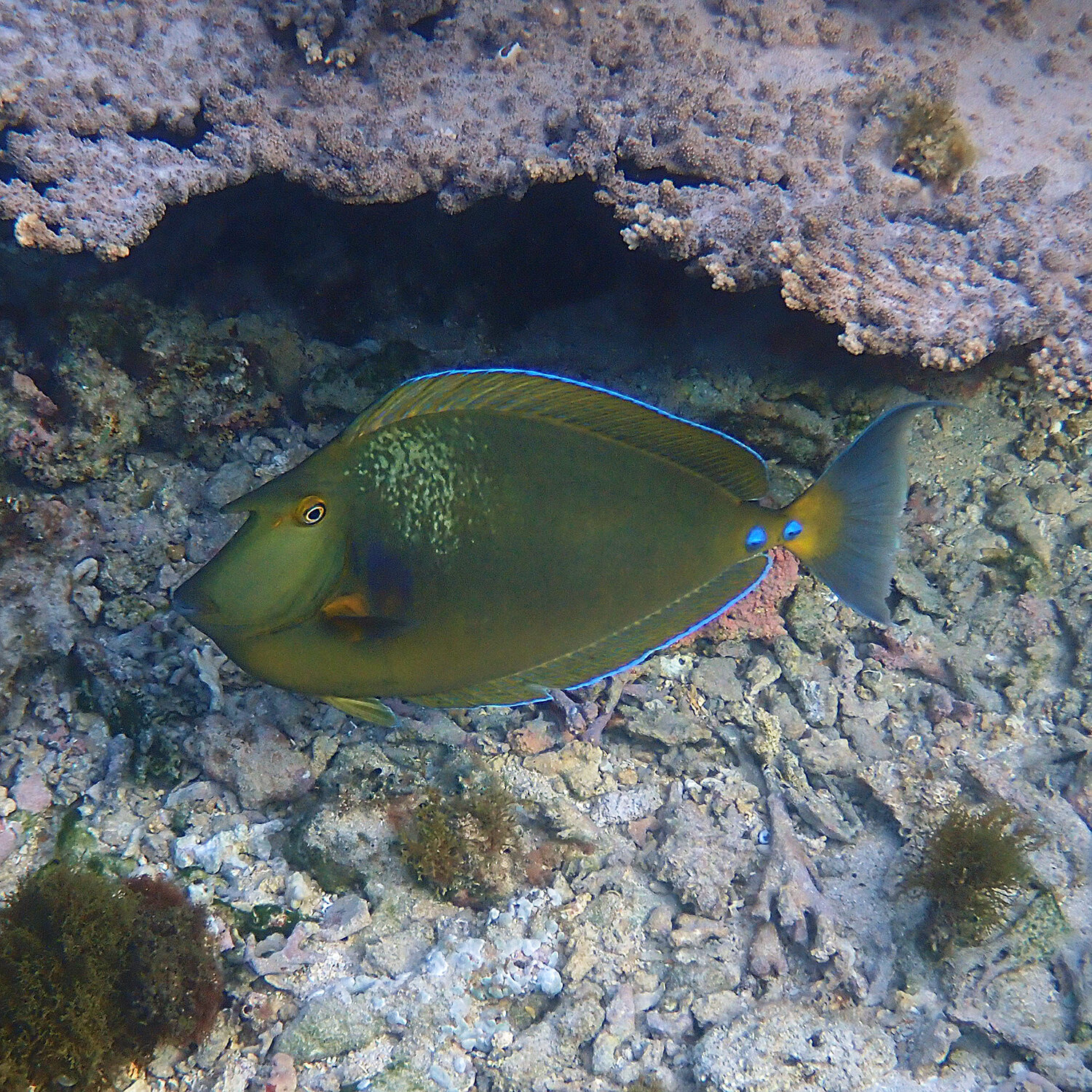I won’t lie, it has been a wipe-out in the bays this week. I sound repetitive, I know, but this year it has been like that! We’ve had massive swells once more, so even though I always carry my camera there was nothing to see let alone photograph!
Green sea turtle, Chelonia mydas, snoozing
Bluespotted cornetfish, Fistularia commersonii, with a school of yellowstripe goatfish
Having said that, early this morning we had a reprieve with the most fabulous sparkling calm seas, a low tide and sunshine. The trifecta as far as I am concerned! It is possibly only short-lived, though, because storms are forecast for tomorrow.
Anyway, I more than made up for it this morning, with everyone out and about enjoying the spring sunshine. Apart from the turtle. She was asleep! I particularly enjoyed the bluespotted cornetfish, Fistularia commersonii, nonchalantly hanging with a school of yellowstripe goatfish, Mulloidichthys flavolineatus, like I couldn’t see it! Move on! Nothing to see here!
Normally skittish and shy, the three-striped butterflyfish, Chaetodon tricinctus, were having fun, too, with one getting a spring clean from a juvenile moon wrasse, Thalassoma lunare. I’ve seen this behaviour – when these juvenile moon wrasses perform the function of a cleaner wrasse – quite often. I have no idea if this is ‘normal’, but I do know a researcher who came here said he’d never seen this happening anywhere else before that he’d seen. I couldn’t get a decent photograph, so you’ll have to take my word for it (right-hand image below).
This blusepine unicornfish, Naso unicornis, was showing me his best side today as well!
Finally, this week I wanted to show you some images of corals jockeying for space on the reef. The main reason they compete is for the rights to light. It is a war out there! I just love the juxtaposition of the different colours, even in the same species of coral.















